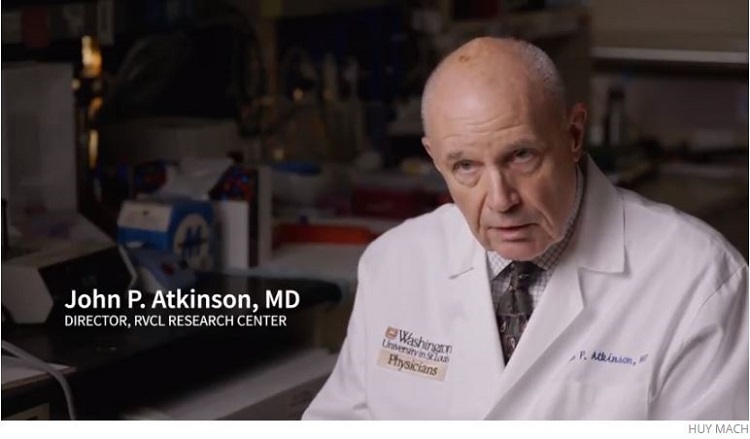Old cancer drug may treat devastating blood vessel disease
From the WashU School of Medicine News…
When Kim Morey was a young girl, a mysterious illness affected her family, striking relatives one by one at around the age of 40, she recalled.
“My dad’s grandmother had it, and then his mother and her sisters,” Morey said. “Then my dad’s cousin. And soon after that, my dad started showing symptoms.”
For years, the family didn’t understand what was happening. The relatives would wake up one day and discover blurry spots affecting their vision. Then there’d be weakness on one side of the body, sometimes accompanied by seizures or fainting spells.
Doctors were of little help. They misdiagnosed some of Morey’s family with brain cancer, others with multiple sclerosis or seizure disorders. And no matter what treatment the doctors tried, the symptoms continued to worsen. The disease acted like a series of small strokes that slowly stripped away the ability to see, speak, think clearly and control their bodies. Most died within 10 years of the first symptoms; none survived longer than 20 years.
In the mid ‘80s, not long after Morey’s father developed eye problems, he traveled from Arkansas to St. Louis on the advice of a cousin to see ophthalmologist Gilbert Grand, MD, then on the faculty at Washington University School of Medicine in St. Louis.
“Dr. Grand deserves a lot of credit for recognizing that the eye symptoms were something he’d never seen before and that many of the patients were related,” said John Atkinson, MD, the Samuel B. Grant Professor of Clinical Medicine at the School of Medicine. “He asked me to come by and see a couple of the patients, because he’d noticed there was something wrong in other organs as well, especially in the neurologic system.”
Atkinson is not a neurologist, but he’d solved a few puzzling medical cases, and his fascination with rare and mystifying ailments was well-known among his colleagues. Atkinson and Grand discovered that the patients’ tiniest blood vessels were wearing out prematurely, a scenario that damages tissues by cutting off oxygen and nutrients. The brain and eyes are least able to withstand a loss of blood flow, which is why vision and neurological problems were the first symptoms to appear.
